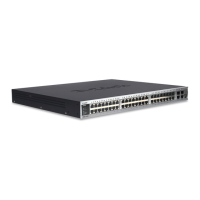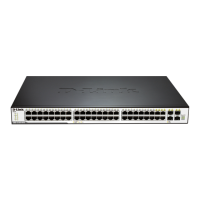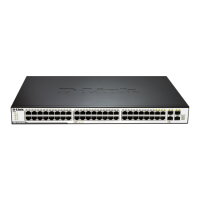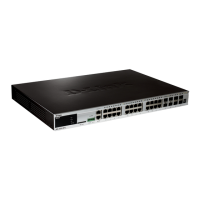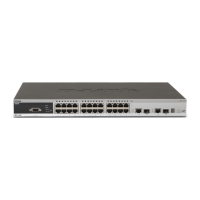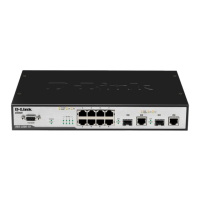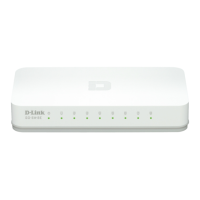34 OSPFv3 Configuration
OSPF V2 (RFC2328, OSPFv2) runs under the IPv4. The RFC2740 describes OSPF V3
(OSPFv3) and its extended OSPFv2 protocol and provides support for IPv6 routes. This
document briefly describes the OSPFv3 protocol and the configuration for running the
OSPFv3.
Before learning this document, you must know the OSPFv2 protocol and
related configuration.
The OSPFv3 protocol extends the OSPFv2 protocol and runs
mechanisms and most configurations inside itself.
It still conforms to the OSPFv2.
34.1 OSPFv3 Protocol Overview
As an Interior Gateway Protocol (IGP), the OSPF runs among the three layers of devices in
a same Autonomous System (AS).
Unlike a vector distance protocol, the OSPF is a link-state protocol. By exchanging various
types of link-state advertisements (LSAs) used to record link state information between
devices, it synchronizes link state information between devices and then calculates out
OSPF route entries through the Dijkstra algorithm.
The OSPFv3 is described in the RFC2740 and supports the IPv6. This section describes the
change on implementation in the OSPFv3 in contrast to the OSPFv2.
34.1.1 LSA Association Change
Just as described above, the OSPF is a link-state protocol and its implementation is based
on LSAs. Through LSAs, we can know the topologies and address information of networks.
In contrast to the IPv4, the IPv6 uses a 128-bit IP address structure and makes the design of
LSAs modified accordingly. The types of LSAs are described as follows:
Router-LSAs (Type 1)
Each device generates this type of LSAs by itself. They describe the states of its links in
specified areas and the cost spent on reaching the links.In contrast to the OSPFv2, the
Router-LSAs of the OSPFv3 only indicate the state information of links. They do not record
the information about the network addresses connected to routers. The information will be
acquired by newly added types of LSAs. Additionaly, in the OSPFv2, only one Router-LSA
can be generated for each device in each area. While in the OSPFv3, multiple Router-LSAs
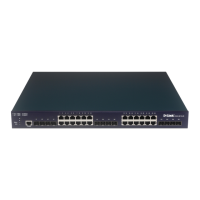
